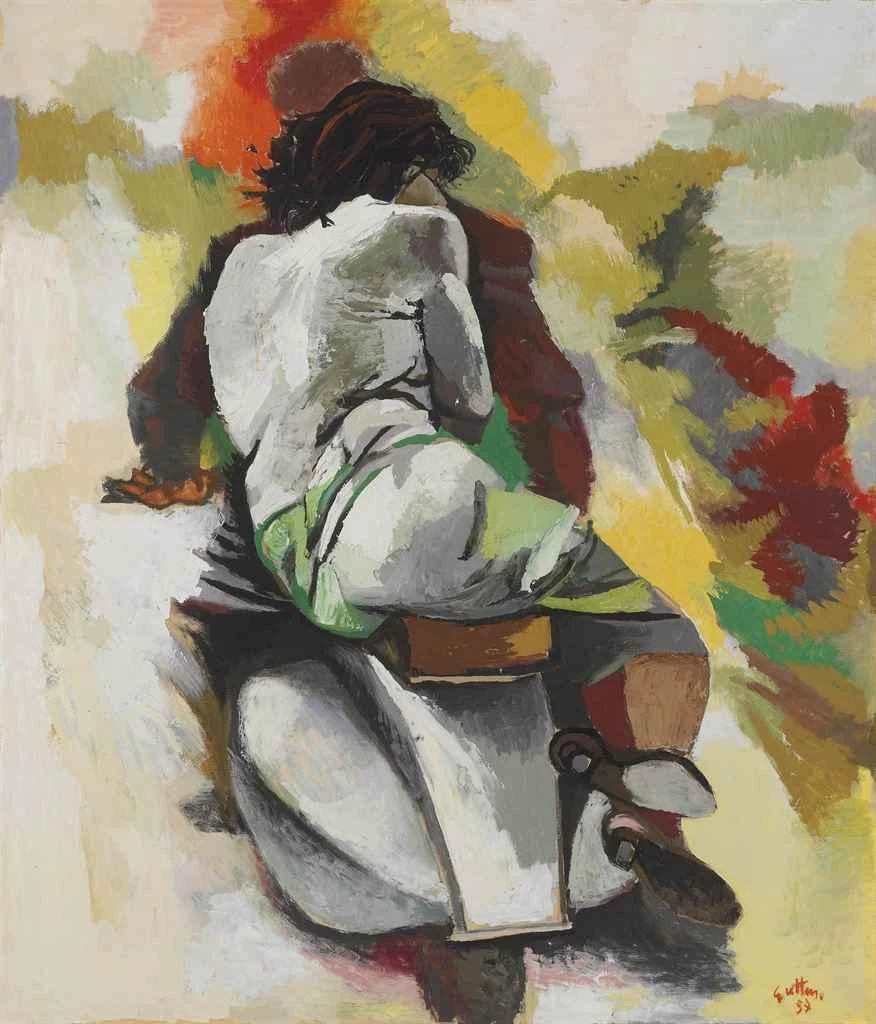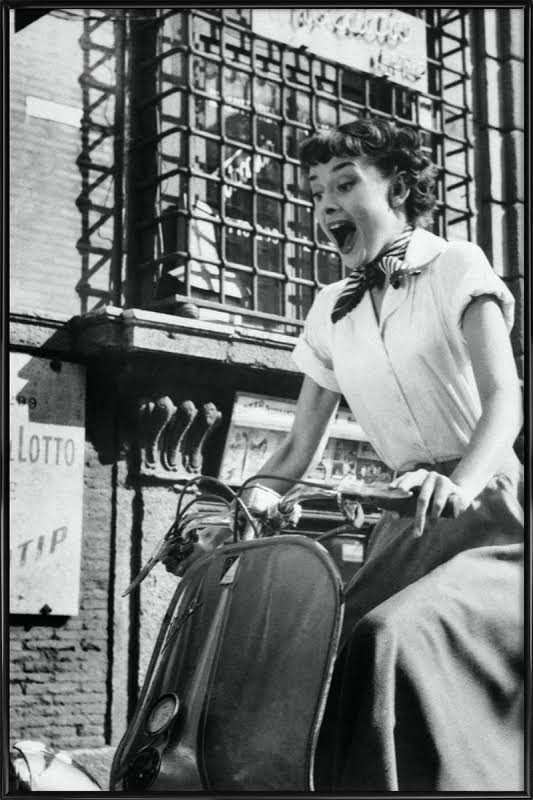The Vespa
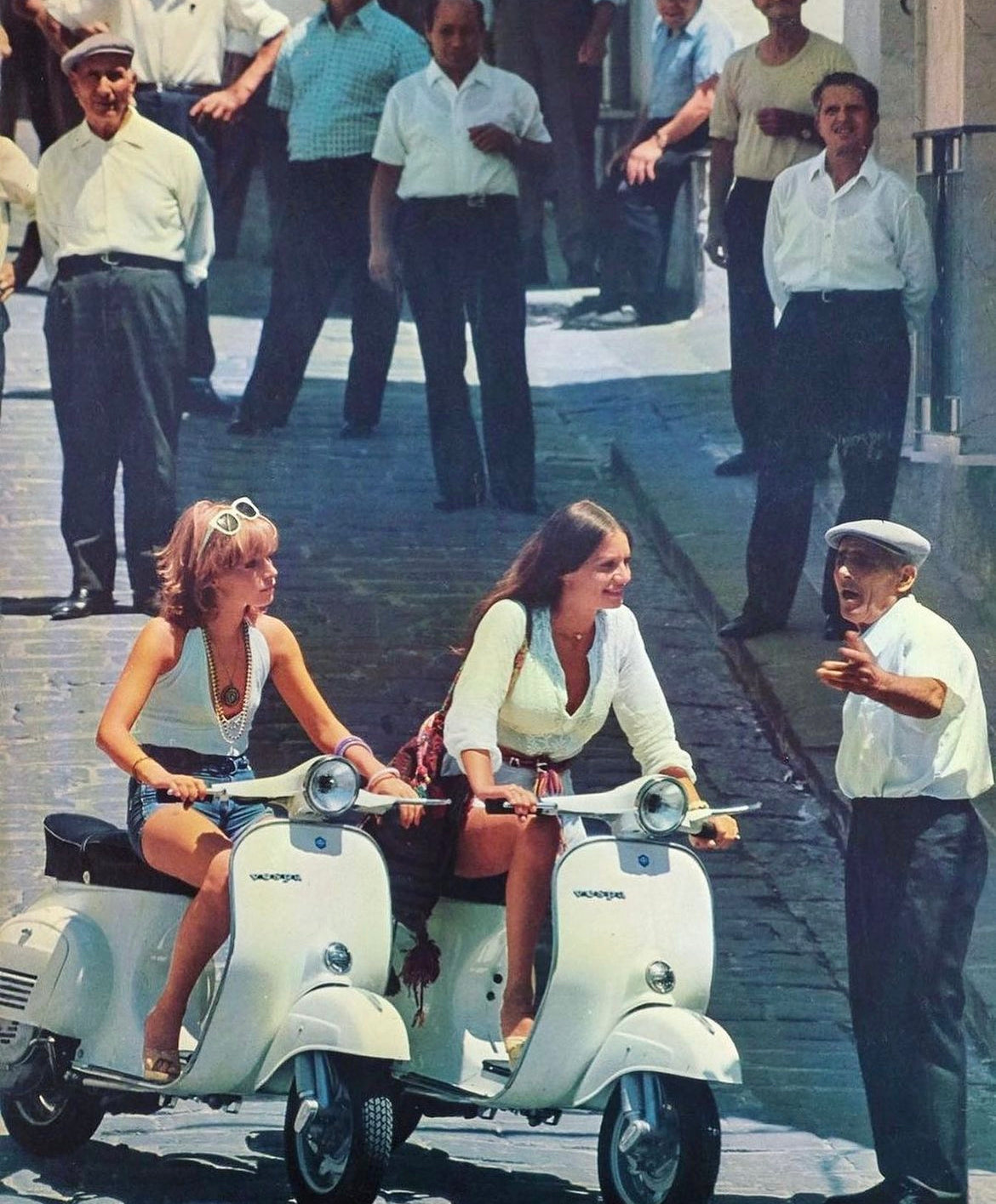
A Scooter Icon
The Vespa
By Antonia Fest
June 21, 2023
There are many rites of passage in a person’s life; their first kiss, their first-time leaving home, their first paycheque. For Italians, one more can be added to the list; their first scooter. At just 14 years old, they are able to complete their ‘motorino’ license and begin to taste their first delicious moments of independence.
As the most successful and most iconic scooter company in the world, it is likely that these young, liberated Italians are zipping around on a Vespa. World-renowned and synonymous with freedom and adventure, it has been less than 100 years since the Vespa first zoomed onto the scene instantly capturing the hearts of all Italy. Their influence has now extended to every corner of the world from the frenetic streets of Vietnam to the silver screen of Hollywood.

Born in 1946 out of the rubble of post-war Italy, the Vespa was invented as a solution for an affordable and reliable mode of transport, less powerful and expensive than a motorbike, more convenient and eco-friendly than a car. Its origins lie rooted in a concerted effort to recover from the damages of the previous years. However, its impact has branched out to far wider spheres of the Italian psyche. Vespa’s initial success was grounded in the national desire to rebuild a country by diving into the future. More than that, it was also because of the need to relish life once again which had been missed for so long. They were a grand triumph. Only 10 years after Vespa’s unveiling to the world, it had already sold its 1 millionth scooter. Upon its production, the vehicle was officially blessed by the Pope as a sign of gratitude for everything which it had achieved for the Italian people (not least, getting them to mass on time!).

The Vespa’s accessibility fostered its adoration and in doing so, it quickly became one of the most coveted products of the twentieth century. Soon enough, Vespas were being used as glitzy accessories in the worlds of media, fashion and lifestyle. High-end brands and big-name directors saw the worth in utilising the Vespa’s intrinsic charms, sleek eccentricity and symbolic value of escapade. Its popularity first spread throughout Italy from urban hubs to coastal regions to rural hills. The international markets quickly followed. They were enchanted by the Italian lifestyle, whose influence had been heavily bolstered by its booming portrayal in visual culture and its progressions in modern technology and design. As an undeniable symbol of Italy, the country which is sometimes referred to as ‘the land of the Vespas,’ the very little scooter has consolidated a very large position in its national image.
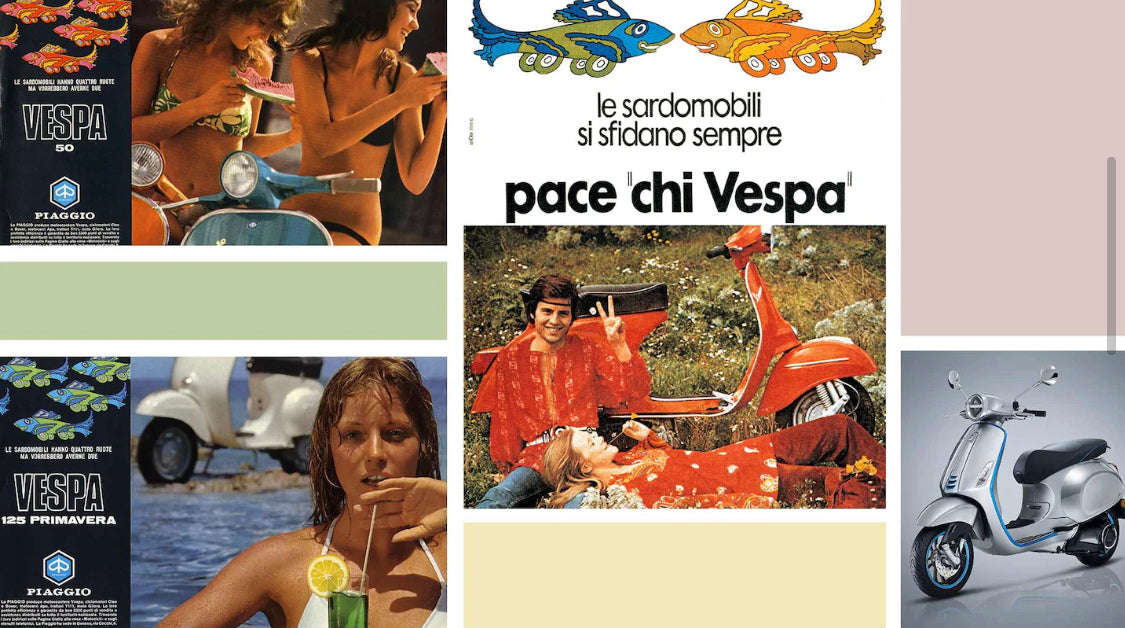
Whilst the Vespa was a vehicle of convenience, its success also lay in the simple fact that it was a lot of fun. This can be seen in the iconic 1953 film, Roman Holiday starring Audrey Hepburn and Gregory Peck. It shows scenes of them zooming, crashing and soaring around the eternal city in pure delight on their trusty steed. The scooter was such a hit that many joked it should have been billed as the second leading lady of the film. Roman Holiday secured Vespa’s position as the most exciting and glamorous mode of transport, further feeding into the myth of the Italian dolce vita. Forbes Magazine wrote of the film, “While Gregory Peck was courting Hepburn, the whole world fell in love with the metallic green Vespa 125…” Audiences wanted to recreate the adventures of the three leading characters and their infectious joy which was manifested by their happy-go-lucky scootering around Rome.
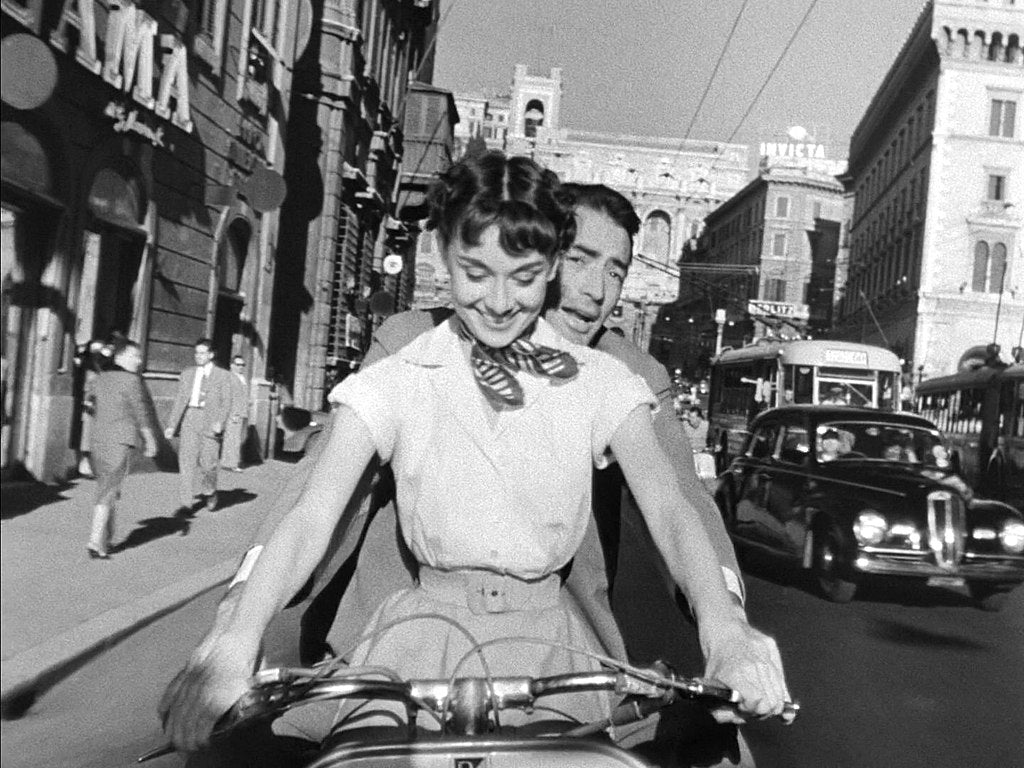
Vespa’s quippy name literally translates as ‘wasp’ because when the company’s boss, Enrico Piaggio saw the first ever model with its ‘pinched waist’ design and he heard its buzzing motor as it ran, it lead him to exclaim ‘It looks like a wasp!’ Its elegance and functionality has rendered its immortality, and it continues to coincide with the trends and movements throughout the decades. As it has evolved its design and technology, it has maintained its emancipatory energy which fuels the spirit of every Vespa and every rider. So great is its influence that a new verb was invented to describe its use as transportation: ‘Vespare’ (‘to Vespa’).

In the 86 years since Vespa’s inception, the entire world has changed ten times over. During the period in which the scooter was produced, many other contemporary projects promised the future but were discarded in the wreckage of the past. Yet the Vespa did not fail on this mission and it has whizzed seamlessly from one decade to the next, only ever growing in style and influence. In the 1940s, it promised and delivered on a better tomorrow. In the 1950s, it achieved Hollywood fame starring in many films such as Roman Holiday.
In the 1960s, ad campaigns focused on marketing the Vespa as the perfect means to escape the daily grind. In the 1970s, it responded to an awakened awareness of the environment and presented itself as the eco-friendly mode of transport. In the 1980s, women became the main riders of the Vespa which coincided with their increasing autonomy. The 1990s saw a burst in Vespa’s merchandising beginning with a branded perfume called Absolut Rome, that aimed to establish Vespa as ‘the undisputed protagonist of the eternal city’ (cit. Vespa). Now, the 21st century continues to see worldwide growth in the use and consumption of the Vespa. It is therefore clear that Vespa’s success lies in its direct response to the demands of the generations which it serves. By doing so, the need and the want to ‘vespare’ will prevail for many years to come.
